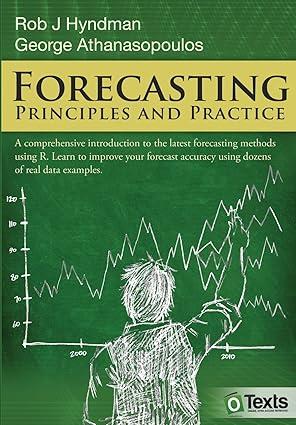Question
Suppose you observe the following situation: Standard Deviation Beta Expected Return Stock A 33% 1.2 0.13 Stock B 38% 0.8 0.12 Stock C 30% 1.1
- Suppose you observe the following situation:
|
| Standard Deviation | Beta | Expected Return |
| Stock A | 33% | 1.2 | 0.13 |
| Stock B | 38% | 0.8 | 0.12 |
| Stock C | 30% | 1.1 | 0.11 |
| T-Bill | - | - | 0.03 + 0.59 |
Which one(s) has the highest systematic risk? (Stock A, Stock B, Stock C, Hard to Say)
|
|
Which one(s) has the highest unsystematic risk? (Stock A, Stock B, Stock C, Hard to Say)
|
|
If Stock C is correctly priced, what is the reward-to-risk ratio (Sharpe ratio) for Stock A and B? Are Stock A and B under-priced?
| Reward-to-risk ratio (Company A): |
| Reward-to-risk ratio (Company B): |
| Is Company A underpriced? |
| Is Company B underpriced? |
b. Given the following information for Company D, find the WACC. Assume the companys tax rate is 20 percent.
- Debt: 6,500 5 percent coupon bonds outstanding, $1,000 par value, 3 years to maturity, selling for (101+9) percent of par; the bonds make semiannual payments.
- Common stock: 300,000 shares outstanding, selling for $52 per share; the beta is 0.95.
- Preferred stock: 20,000 shares of 6 percent preferred stock outstanding, currently selling for $98 per share.
- Market: 6 percent market risk premium and 2 percent risk-free rate.
Step by Step Solution
There are 3 Steps involved in it
Step: 1

Get Instant Access to Expert-Tailored Solutions
See step-by-step solutions with expert insights and AI powered tools for academic success
Step: 2

Step: 3

Ace Your Homework with AI
Get the answers you need in no time with our AI-driven, step-by-step assistance
Get Started


